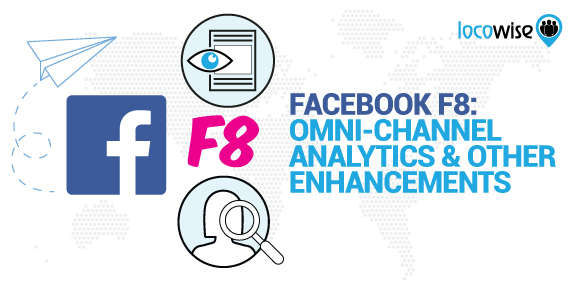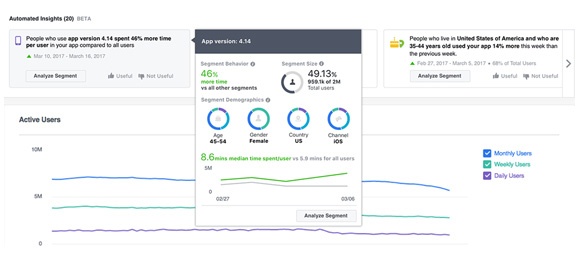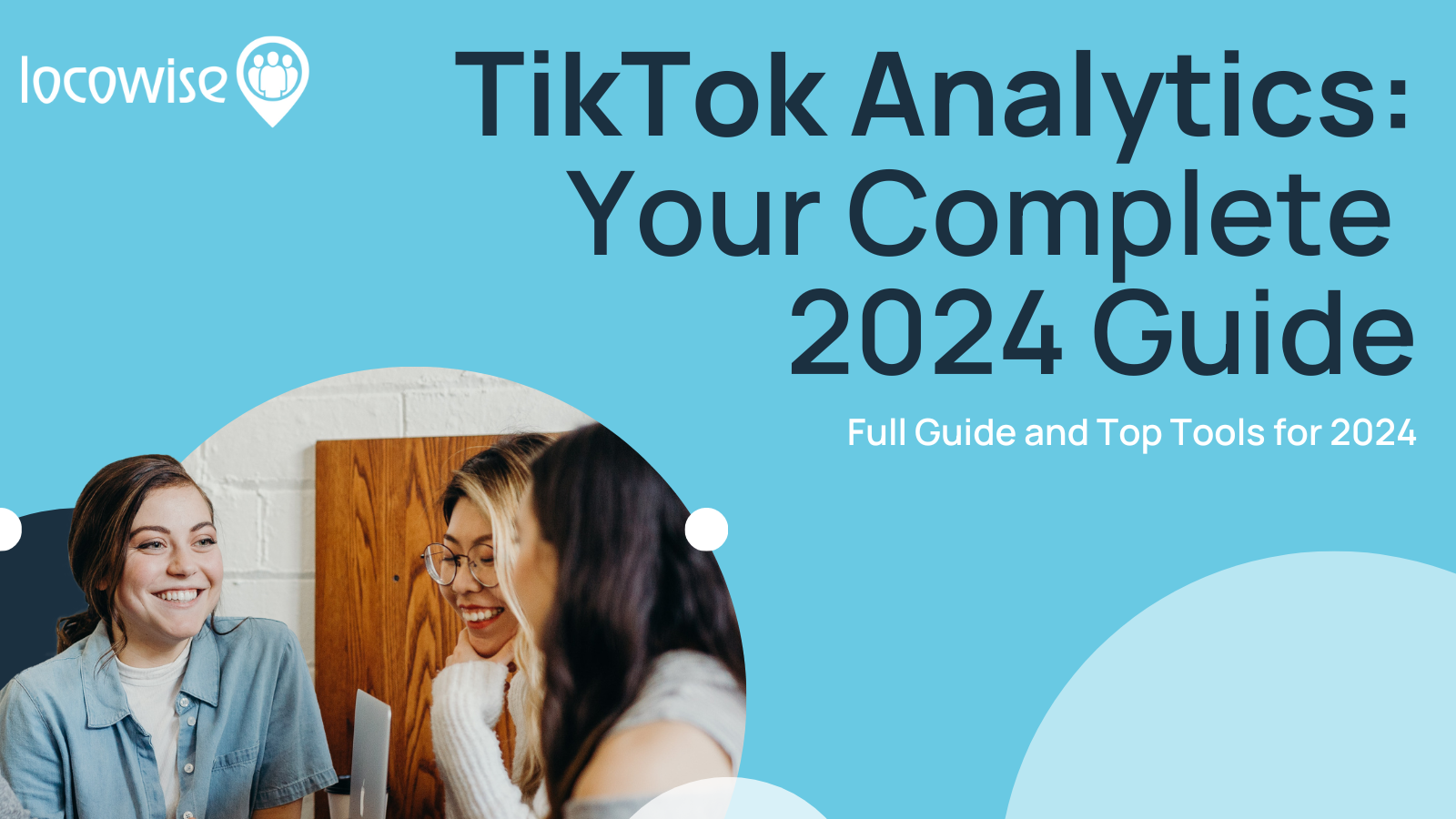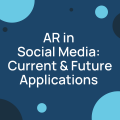Facebook F8: Omni-Channel Analytics And Other Enhancements
Sahail Ashraf posted on 25 April 2017
The dust is settling after F8 and everyone now knows that the main topic of conversation for people walking out the doors was Facebook Spaces. The VR/AR mix is huge news and presents a whole host of exciting (and slightly worrying because Zuckerberg may well run the world one day) possibilities for the actual platform itself. It is part of his ten year plan and knowing Mr Facebook, what he wants to get done, he gets done. And done well.
He likes his tech, and his tech will change the world. This is why F8 is fundamentally a developer’s conference. But there was also, here and there, a little gem for digital agencies too.
To be honest, there wasn’t a lot of real marketing gold this year, but there was some.

Spaces will be a marketer’s dream when it arrives, but it’s very much in early, early BETA right now. So let’s take a look at another aspect or two of the conference that a digital agency can start to get their teeth into. The stuff that will make your client’s Facebook presence even more incredible.
Omni-channel analytics
This is for Pages. The best way to get this across without delving into developer tech-type speak is to think about a brand’s Page and how it feeds into other channels that the brand owns. Facebook Is going to release an analytics offering that allows tracking across channels, as well as some impressive software that will make conversions and customer segmentation even better.
Obviously, we love analytics and metrics, it’s what we do. But this is an excellent move by Facebook that fits perfectly into the way we think analytics on social media should be going. With the new way of doing things, you can monitor and measure Page interactions, and then track the interactions as they move onto your website, or bot.
We will let Facebook itself give you the skinny:
We’re extending omni-channel analytics for Facebook’s family of apps and services with the addition of Facebook Page interactions, such as post reactions and shares, so you can measure and understand the interactions people have with your Page alongside their other activity on your website, app, and bot.
For example, an ecommerce business can measure if people who comment on an item featured in their Page post go on to view an item on their website, or purchase it in their app. The ability to view customer behavior across different channels gives businesses a unique ability to learn about and optimize their full customer journey to drive growth.
(Facebook Developer News, April 18th)
But the really interesting aspect of all of this is the offline thing. The new direction will apparently allow brands to track the journey of a customer searching a Page and interacting, and their subsequent purchase in an offline store. While this may not be groundbreaking and exciting, it certainly feels like it to us, not least because it shows how Facebook is continuing to make it easier for brands to squeeze value out of their Pages.
Omnichannel Mark Two
The omnichannel approach extended even further as the conference went on, with Facebook announcing that this will be their main focus when it comes to Custom Audiences. This is potentially even bigger news for brands because it has taken segmentation to a whole new level.
It will (it, of course, isn’t yet live for everyone) allow brands to know who has viewed an item (for an ecommerce store for example) and then moved to a bot to interact there. The segmentation then begins to fine tune things further. It simply allows you to look at all audience behavior and then segment in further detail.
This brings new meaning to ‘custom audiences’ and testing because it even allows you to exclude certain segments of an audience to the nth degree. For example, the conference let it be known that people who took a specific action in your app could be excluded from an audience that visits your website. It’s complex, detailed and perfect for a brand that truly knows its audience. And we know Facebook itself has been doing this with its own audience for a long time. They’re now letting the rest of the business world have a go.

Other great stuff
Ads themselves came in for a bonus or two during the conference. If there’s one thing you can say with confidence about Facebook and its ad offering, it is comprehensive. A new move at F8 brought more functionality.
Dynamic Product Ads have proven to be very useful for a brand that wants to retarget or remarket products based on a customer’s behaviour on a website. This time, you can utilise up to 20 photos from a catalogue in the Carousel format. This is a great boost.
We think that with the addition of the features on Messenger that Facebook is rolling out post conference, with bots now being effectively rebooted and offering better integration through the API (tech speak but basically meaning bots are easier to find for customers), the brand has possibly reached a kind of plateau with its selling offering. This doesn’t mean that it will stop adding features, but Facebook has really improved if you use it for ads and bots.
It was a great F8. Marketers managed to grab something out of it too, so it wasn’t all developer friendly only. When it all comes down to it though (and keeping in mind ads are becoming, even more, fluid an experience for brands) we just can’t ignore the fact that Spaces, if fully realised, will change marketing (and life, arguably) forever.
F8 was exciting stuff. Is your client’s social media exciting? It will be better if your metrics are robust and ‘in the moment’, right? Try Locowise free for 7 days. We do ‘in the moment’ pretty well. Your clients will agree.






